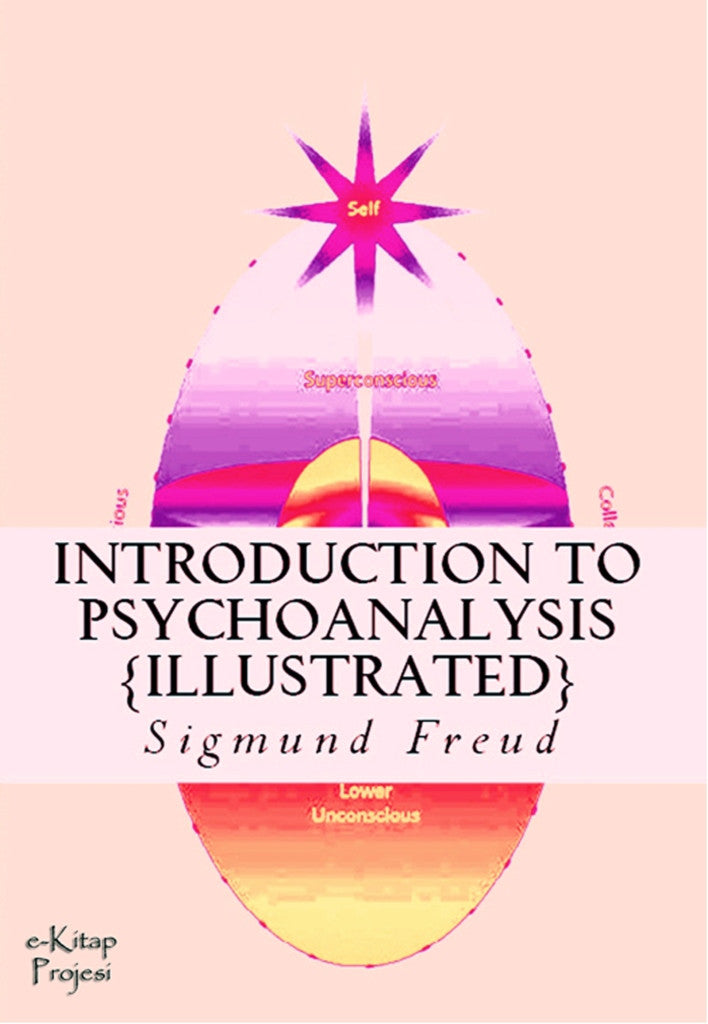Introduction to Psychoanalysis
6.99 TL
INTRODUCTION
Psychoanalysis is a set of psychological and psychotherapeutic theories and associated techniques, originally popularised by Austrian physician Sigmund Freud and stemming partly from the clinical work of Josef Breuer and others. Since then, psychoanalysis has expanded and been revised, reformed and developed in different directions. This was initially by Freud's colleagues and students, such as Alfred Adler and Carl Gustav Jung who went on to develop their own ideas independently from Freud. Later neo-Freudians included Erich Fromm, Karen Horney, Harry Stack Sullivan and Jacques Lacan.
 |
|
 |
 |
The basic tenets of psychoanalysis include the following:
- besides the inherited constitution of personality, a person's development is determined by events in early childhood;
- human attitude, mannerism, experience, and thought is largely influenced by irrational drives;
- irrational drives are unconscious;
- attempts to bring these drives into awareness meet psychological resistance in the form of defense mechanisms;
- conflicts between conscious and unconscious, or repressed, material can materialise in the form of mental or emotional disturbances, for example: neurosis, neurotic traits, anxiety, depression etc.;
- the liberation from the effects of the unconscious material is achieved through bringing this material into the conscious mind (via e.g. skilled guidance, i.e. therapeutic intervention).
Under the broad umbrella of psychoanalysis there are at least 22 theoretical orientations regarding human mental development. The various approaches in treatment called "psychoanalysis" vary as much as the theories do. The term also refers to a method of analysing child development.
Freudian psychoanalysis refers to a specific type of treatment in which the "analysand" (analytic patient) verbally expresses his thoughts, including free associations, fantasies, and dreams, from which the analyst induces the unconscious conflicts causing the patient's symptoms and character problems, and interprets them for the patient to create insight for resolution of the problems. The analyst confronts and clarifies the patient's pathological defenses, wishes and guilt. Through the analysis of conflicts, including those contributing to resistance and those involving transference onto the analyst of distorted reactions, psychoanalytic treatment can hypothesize how patients unconsciously are their own worst enemies: how unconscious, symbolic reactions that have been stimulated by experience are causing symptoms.
Psychoanalysis has received criticism from a wide variety of sources. One notable critique of psychoanalysis is that it constitutes a pseudoscience. Nonetheless, it remains a strong influence within the realm of psychiatry, and more so in some quarters than others.








Bu ürünü Arkadaşlarınla Paylaş: